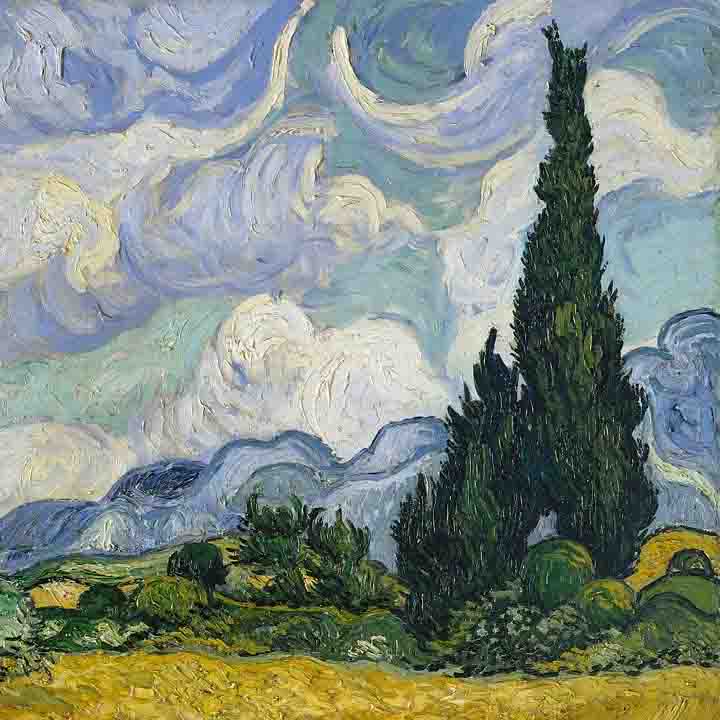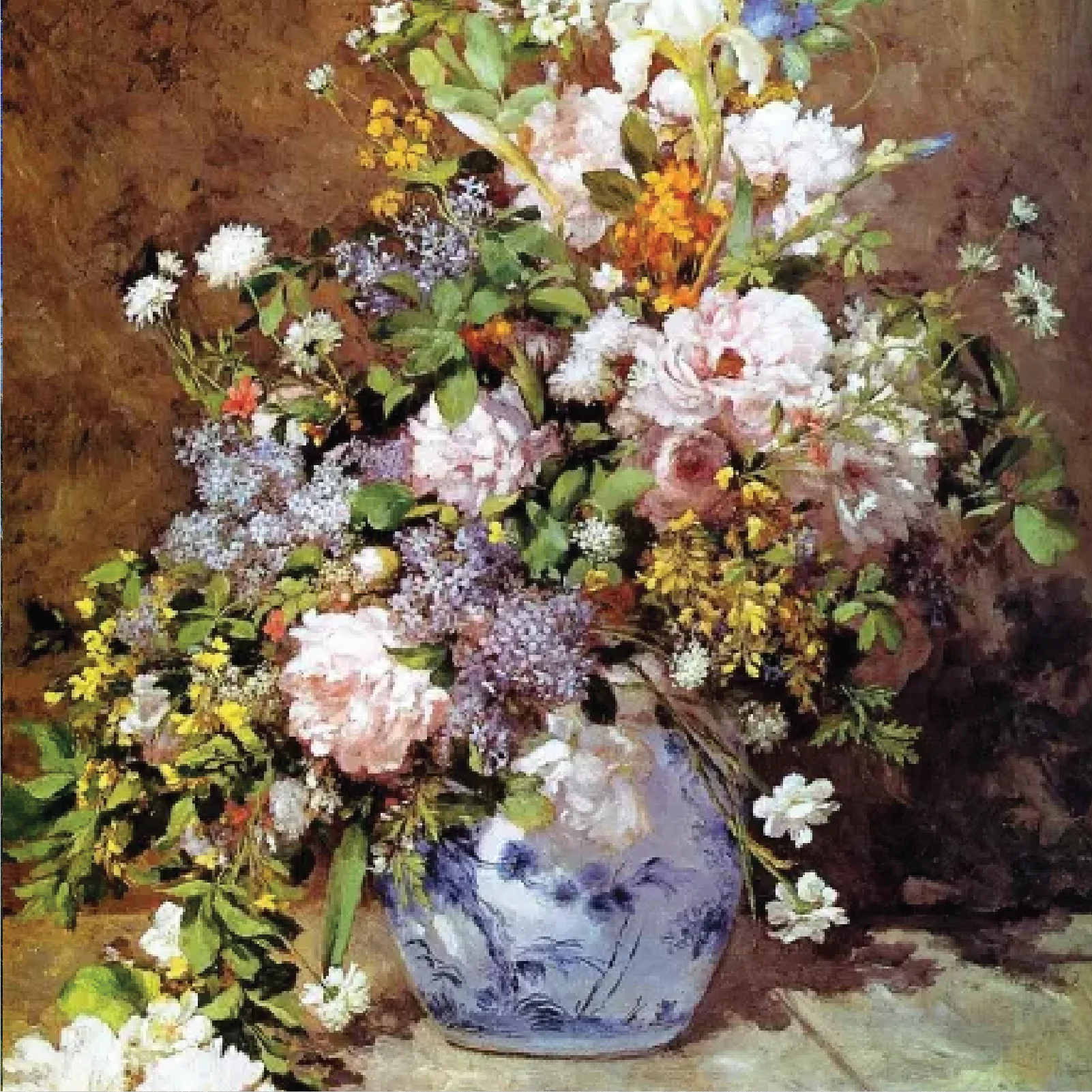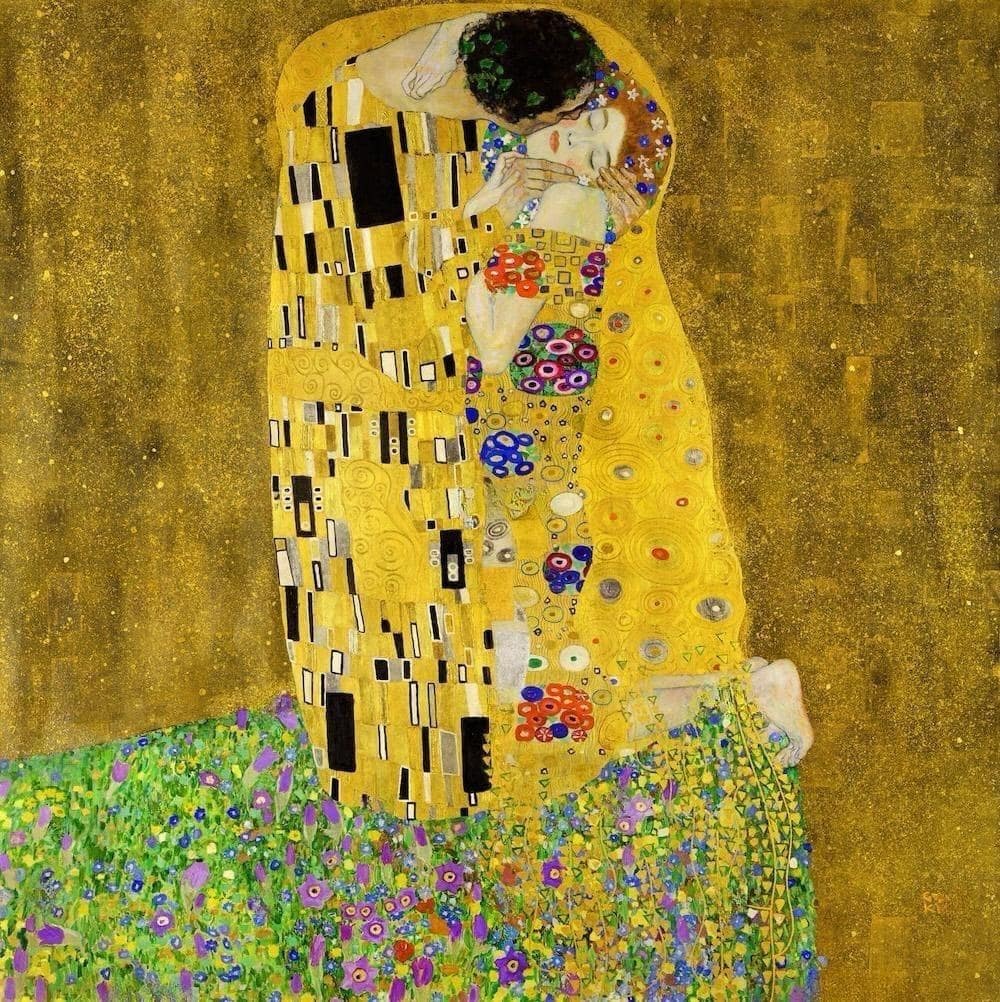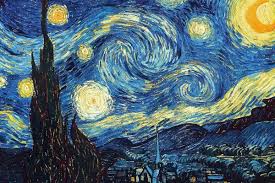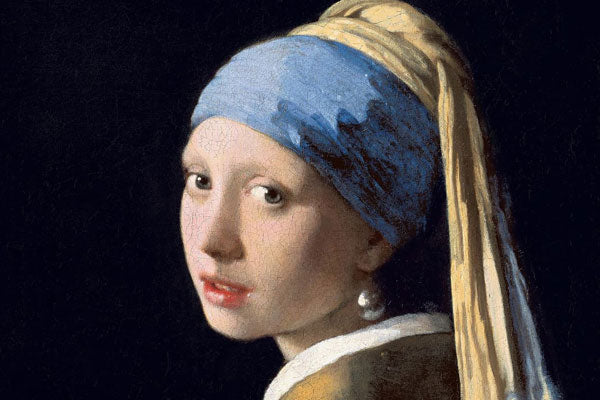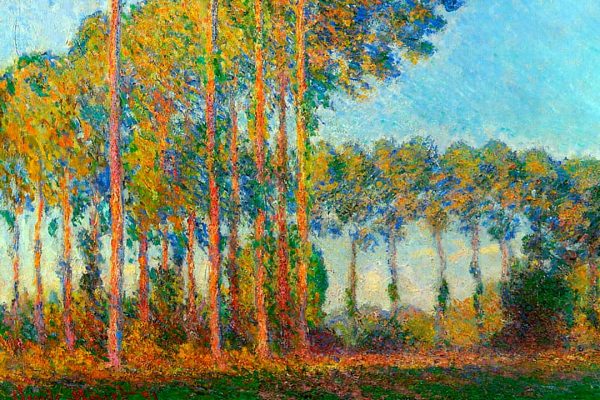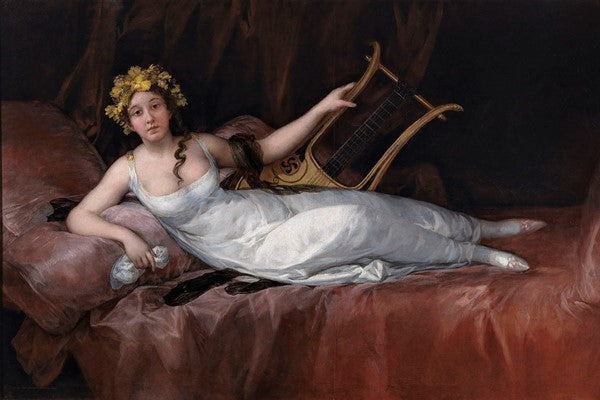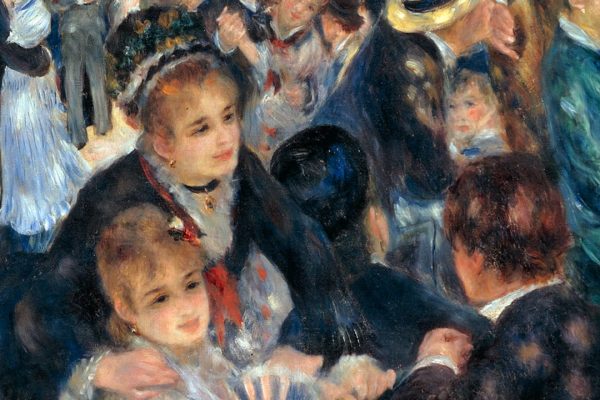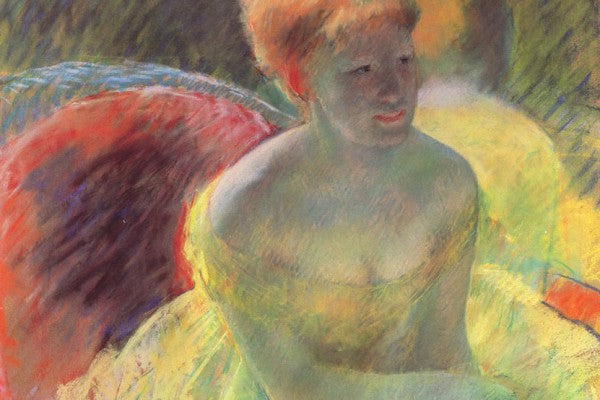Original vs. Reproduction Oil Paintings
Table of Contents
Original vs. Reproduction Oil Paintings
1. If An Oil Painting Is Original: 5 Key Differences To Consider
There is a big difference between original works and reproductions. Knowing these differences is important for art lovers, home decor enthusiasts, and interior designers.
Original paintings carry a unique charm and history, while reproductions offer a more affordable way to enjoy beautiful art.
Understanding these differences helps you make better choices, whether you're looking to invest in art, decorate your home, or design a stunning space for your clients.
This blog will explain the five key differences between original and reproduction oil paintings, helping you appreciate and choose the right type of art for your needs.
1.1. Authenticity and Uniqueness
An original painting is a one-of-a-kind creation by an artist. It reflects the artist's unique style, emotions, and techniques. Every brushstroke and color choice is intentional, making each original piece authentic and special. This authenticity in art is what makes original paintings so valuable and cherished.
Reproduction paintings, on the other hand, are copies of original artworks. They are often made using prints or digital methods to replicate the look of the original.
While reproductions can look very similar to the originals, they lack the unique touch and depth that come from the artist's hand. This is one of the main differences between original and reproduction oil paintings.
For example, an original painting by a famous artist like Vincent van Gogh can be worth millions of dollars because it is unique and cannot be replaced. A reproduction of the same painting, however, might only cost a few hundred dollars. This huge difference in value highlights how important authenticity and uniqueness are in the art world.
1.2. Artistic Techniques and Materials
Creating an original oil painting involves using specific art techniques and high-quality materials. Artists often start with a blank canvas and use oil paints made from pigments and oils.
They apply layers of paint, sometimes over several weeks or months, to build up texture and depth. The brushstrokes, blending, and intricate details are all unique to the artist's style and skill.

In contrast, reproduction paintings are usually made using prints or digital methods. These prints can be on canvas or paper and are often created with inkjet or laser printers.
While reproductions can mimic the look of the original, they don't capture the same level of detail or texture. The process lacks the hands-on artistry that goes into an original piece.
These differences in techniques and materials have a big impact on the final artwork. Original oil paintings have rich, vibrant colors and a texture you can see and feel.
The layers of paint create a sense of depth and movement that is hard to replicate. Reproductions, while often very detailed, tend to have flatter colors and lack the texture of an original painting.
When identifying original vs. reproduction oil paintings, looking at the texture and quality of the materials can be a helpful clue.
Original paintings will often have visible brushstrokes and a certain heft to the paint, while reproductions may appear smoother and more uniform.
1.3. Value and Investment
Original paintings often have significant long-term value and can be a good investment. Because they are unique, their value can increase over time, especially if the artist becomes more famous. Collectors and museums are willing to pay high prices for original works.
For example, some original paintings by famous artists have sold for millions of dollars at auctions. This value comparison shows that originals are not only beautiful to look at but can also be financially rewarding.
Reproductions, on the other hand, do not have the same investment potential. They are more affordable and accessible, which is one of their main advantages. However, because they are copies, their value does not increase over time.
A reproduction you buy today will likely be worth the same, or even less, in the future. Experts in the art market often stress the importance of buying original art if you're looking for an investment.
According to a study, the global art market saw a total of $64.1 billion in sales in 2019, with original artworks making up the bulk of this value. Reproductions, while popular for decoration, don't contribute much to this high-end market.
1.4. Emotional and Aesthetic Appeal
Owning an original painting brings a special kind of joy and connection. Each brushstroke and color choice reflects the artist’s emotions and thoughts at the moment of creation.
This makes original paintings feel alive and unique. Many people who buy original art feel a deep emotional bond with the piece, which enhances their overall experience of appreciating art forms.
In contrast, reproductions are great for enjoying beautiful images without the high cost of originals. They can brighten up a home, office, or hotel room, adding charm and style to any space.
However, they don't carry the same personal touch or history as original works. While reproductions are visually appealing and can complement many settings, they may not evoke the same deep emotions.
Consider the words of an art collector, Jane Smith, who shared, "My original painting by a local artist is more than just decor; it tells a story and brings a piece of the artist’s soul into my home."
This personal connection is one of the reasons why original art is often preferred by those who value its deeper meaning.
1.5. Choosing the Right Option

When choosing between an original and a reproduction oil painting, consider your needs and preferences. There are some factors to consider before purchasing any piece of art. If you want a unique, valuable piece that can grow in worth over time, an original painting is the way to go.
If you’re looking for something beautiful and affordable to decorate your space, a reproduction might be the better choice. Each option has its own benefits and suits different purposes.
For example, an original painting might be a great investment for a collector or someone looking to make a statement with their art. A reproduction could be perfect for someone who wants to enjoy a beautiful image without breaking the bank.
Think about what’s important to you: the emotional connection, the investment potential, or simply enhancing your space. This will help you decide which type of oil painting is best for you.
As art dealer Robert Johnson advises, "Choose art that resonates with you, whether it's an original piece or a high-quality reproduction. The most important thing is that it brings you joy and fits your vision."
2. Pros and Cons of Original vs. Reproduction Oil Paintings
Both original and reproduction oil paintings have their own set of advantages and disadvantages. Understanding these can help you make the best choice for your needs.
Let's explore the pros and cons of each type to give you a clearer picture.
2.1. Pros of Original Oil Paintings
- Uniqueness: Each original painting is a one-of-a-kind work of art.
- Investment Value: Original paintings can appreciate in value over time.
- Emotional Connection: Owning an original can create a deeper emotional bond.
- Quality: Originals often have superior materials and craftsmanship.
2.2. Cons of Original Oil Paintings
- High Cost: Originals can be very expensive, especially from renowned artists.
- Maintenance: They may require special care and conservation.
- Space: Finding the right space and framing for an original can be challenging.
2.3. Pros of Reproduction Oil Paintings
- Affordability: Reproductions are generally much cheaper than originals.
- Accessibility: They allow more people to enjoy famous artworks.
- Versatility: Reproductions can be easily moved and changed.
2.4. Cons of Reproduction Oil Paintings
- Lack of Originality: They are copies and lack the unique touch of an original.
- Value: Reproductions do not appreciate in value.
- Quality: They might not capture the same depth and texture as original paintings.
3. Wrapping Up
Understanding the differences between original and reproduction oil paintings can help you make informed choices whether you are investing in art, decorating your home, or just enjoying beautiful pieces.
Each type of painting has its own benefits, and the right choice depends on your personal preferences and goals.
Remember to consider factors such as authenticity, value, emotional appeal, and budget when making your decision.
Always look for reliable companies to order your oil paintings and Art and See is one of those.
FAQs
How to identify an original oil painting?
Look for unique brushstrokes, texture, and depth in the paint. Originals often have visible brushwork and layers that you can feel. Use a magnifying glass to check for tiny cracks or signs of aging, which are usually absent in reproductions.
How can you tell if a painting is original or print?
Examine the surface closely. Prints often have a uniform texture, while originals show varying thickness and texture from the brushstrokes. Use a magnifying glass to spot the difference; prints might show tiny dots from the printing process.
What is the difference between original and print oil paintings?
Original oil paintings are unique creations by artists, with distinct brushstrokes and textures. Prints are copies made using printing techniques, often lacking the depth and texture of the original work.
How to authenticate an oil painting?
Authentication can involve checking for an artist's signature, provenance (history of ownership), and expert evaluation. You might also use scientific methods like infrared reflectography or X-ray analysis to examine the layers and composition of the paint.





